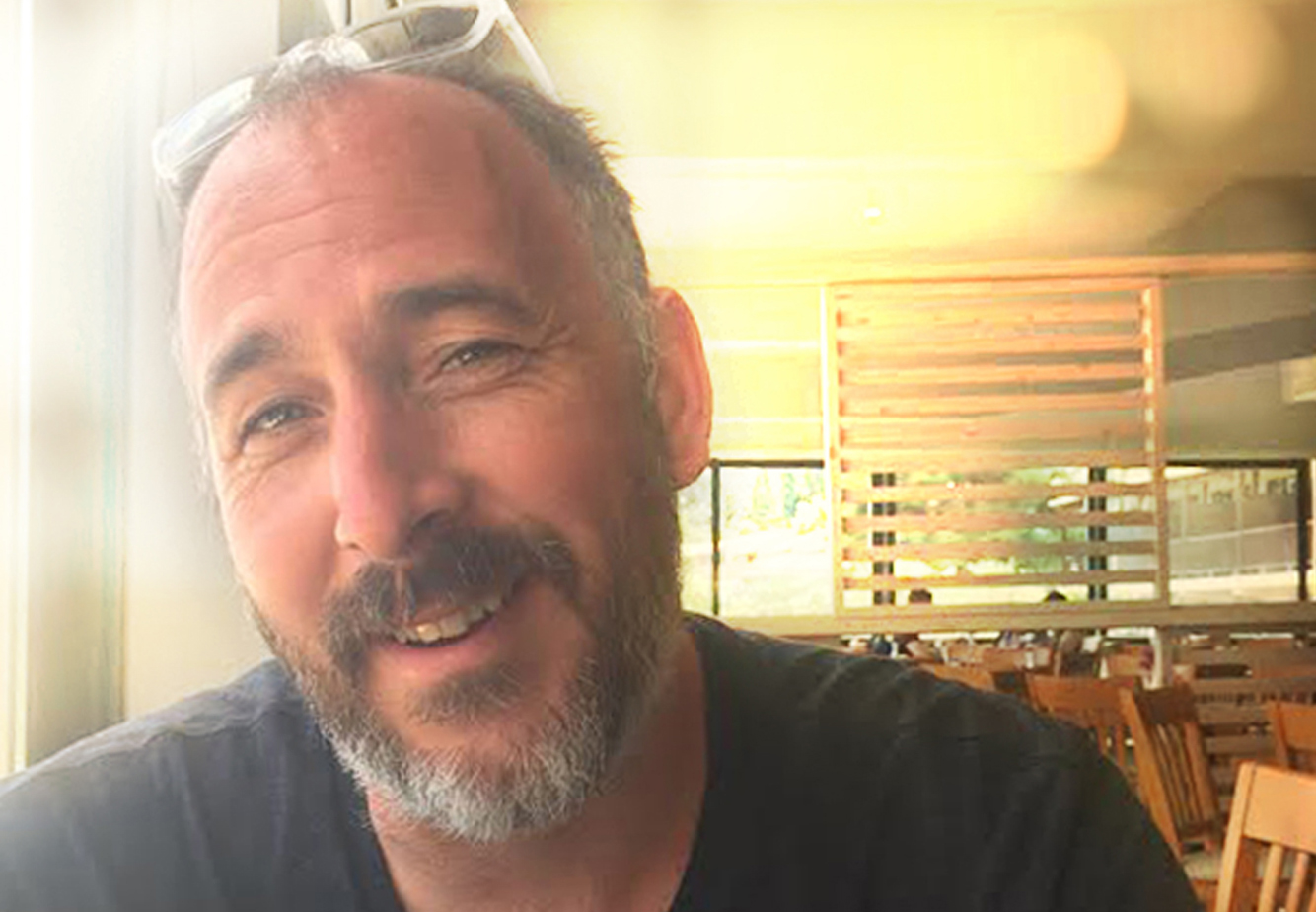Meet our ‘creatively versatile’ creative director
“Can you make the unicorn’s horn more rounded?” “Can we have more diversity among the elves in Santa’s workshop?” “Can Barry the Butter-knife moonwalk across the worktop before head butting the lump of butter?” Just some of the questions I’ve been asked by our clients recently. I love it, it makes my workday fun. I’m so engulfed in a world of virtual-positivity with pictures of rainbows, fluffy bunnies and unicorns constantly being presented to me by a member of my team for approval – it’s actually pretty tough to give negative feedback when I need to.
I get asked tricky questions too. “How long were you a book designer before becoming a creative director?” an intern once asked me.
Even in my glorious bubblegum kingdom of happiness this question bothered me. Not just because it was one of a hundred questions I’d fielded from the intern during a very busy morning (although that hadn’t helped) but because also, at the time, I’d been conscious of feeling like an outsider to the publishing industry. It was shortly after I had begun my role at Collaborate. I had not qualified through a book design course. I was not an editor. I was still learning some of the industry lingo. I was trying to figure out why big round-headed characters appealed to younger children, and why nine-year-old boys responded so well to the word ‘fart’. It was a confusing time.
Back then it seemed that whenever I mentioned that I didn’t have a ‘book design’ background or that ‘I’ve only been in the publishing industry for a short time’, it was often met with suspicious looks. Like somehow I’d cheated my way into a creative directorship, or skipped an initiation ceremony of some sort. I started to believe my wife’s conspiracy theory that publishing was an impenetrable secret society, where the elite came together in the hallowed halls of Bologna, Frankfurt and London. Thankfully, the truth is so much more exciting.
It was a close friend of mine who recruited me into this industry, which didn’t help to dampen suspicions much. But I can assure you, there was no favouritism and no funny handshakes involved! Like me, Ed Burns my friend, recruiter and CEO of Advocate Art, believes creativity is fluid and pliable, not pertinent to just one industry.
My introduction to publishing came when Advocate Art expanded it’s in-house studio of five copy-artists and a book designer to include animators, editors, photographers and, alas, a Creative Director. We rebranded the studio team to form Collaborate Agency. Our vision was clear – create amazing content for kids and grow a creatively versatile studio to reflect the ethos shared by Ed, Caroline, the Collaborate team and myself.
We do not pigeon hole ourselves as a publishing packager, an illustration agency or a digital marketing group. We employ creative people with more than one super power: illustrators who can animate, picture-researching editors, designers who double up as photographers… you get the gist. Each member of our creative team has a multitude of skills and talents hidden up their sleeves!
This creative versatility has allowed us to break free from being a cliché studio, only servicing publishing clients. We are a diverse team, Collaborating to deliver a diverse range of services. Our mission: to develop strategic and engaging content for younger audiences.
My ability to shape and influence our growth comes from my corporate design background, which I chose to embrace whole-heartedly. I ran my own design agency on the south coast for seven years with clients including BBC, British Gas and BMW. And before this, my seven-year apprenticeship at a local authority’s printworks gave me a meticulous knowledge of print production systems that can literally bore my wife to sleep!
The skills I built in this time are transferable to publishing in ways that I never would have expected. This industry likes to continually feed the market with new formats, new technology, art trends and hot topics in order to be constantly evolving. My experience helps me to keep focussed and to keep pushing my team to learn and adapt so that we remain innovators at the forefront of content generation. It all goes back to our ethos of creative versatility.
I relayed a more concise version of all this to the intern who had remained fairly glass-eyed throughout. I summarised nicely for them too, I told them that first and foremost I am a designer. I make things look good, function great, read well and most importantly I make things meet and exceed the client’s brief. I make no distinction between web designers, book designers or graphic designers and I don’t allow my team to constrain themselves within these barriers either. I told them that this adaptability not only made me a good creative director, it allowed me to become a better father. Rolling with the punches, open to improving and learning new skills whilst remaining calm and controlled has become an invaluable tool for fatherhood. The intern responded by lifting up a sheet of character designs from my desk and asking, “why do all these illustrations of children have such big round heads?”
